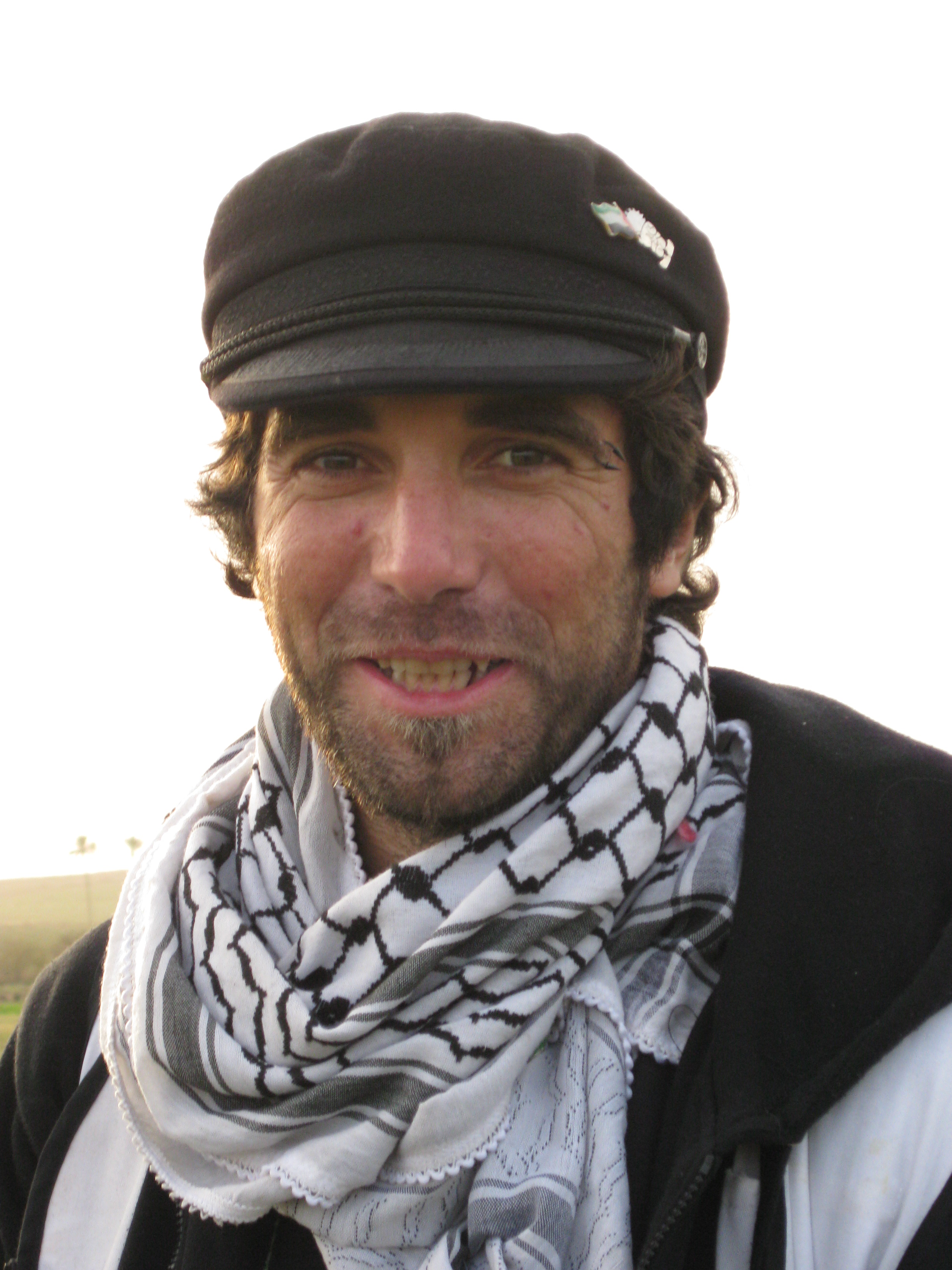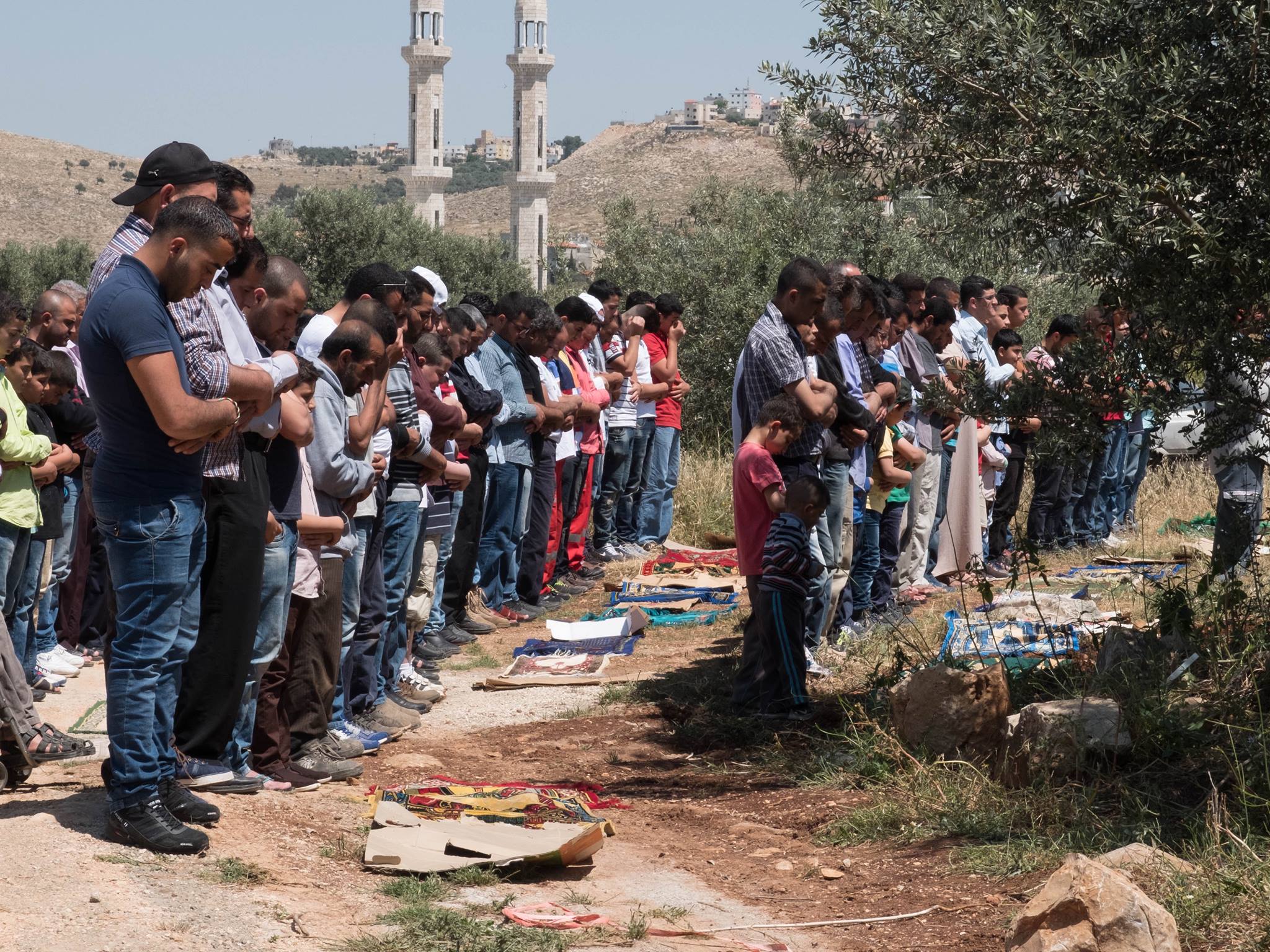Category: Reports
-
Palestinian youth intentionally run over in Hebron
22st April 2016 | International Solidarity Movement, al-Khalil team | Hebron, occupied Palestine On the afternoon of 21st April 2016, an Israeli settler ran down a Palestinian youth with his car, causing critical injuries, near the Ibrahimi mosque in occupied al-Khalil (Hebron). Two settlers were driving down the road connecting Shuhada Street and Kiryat Arba in…
-
Five year anniversary of the death of Vittorio Arrigoni
18th April 2016 | International Solidarity Movement, al-Khalil team | Gaza, occupied Palestine Last Thursday 14th April marked four years since the disappearance of Vittorio Arrigoni in Gaza, under the Israeli blockade. According to subsequent statements and investigations carried out by Hamas, ISM activist Vittorio’s body was discovered the following day, having been kidnapped and…
-
Non violent protest in Ni’lin once again met with violence
15th April 2016 | International Solidarity Movement, al-Khalil team | Ni’lin, occupied Palestine On Friday, the 15th of April 2016 – and as part of a West-Bank wide protest for Prisoner’s Day – the villagers of Ni’lin held their weekly non-violent demonstration. They were protesting against Israeli apartheid politics, the theft of the villagers land…



